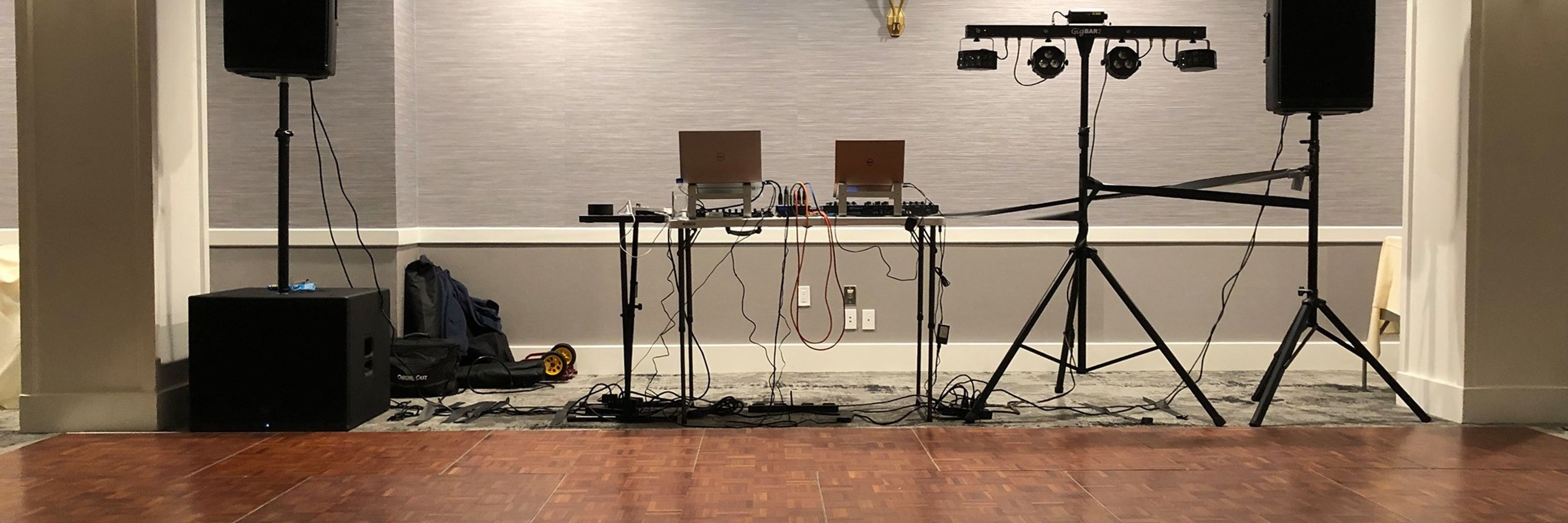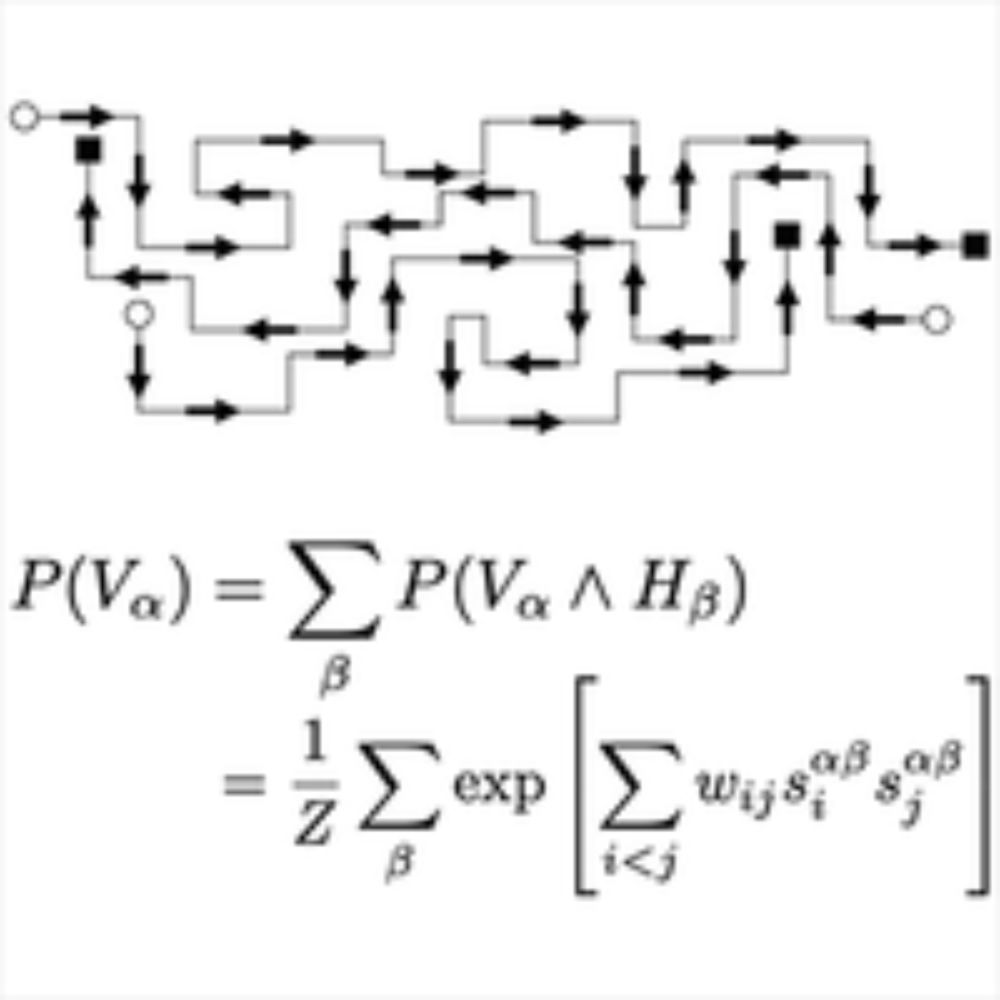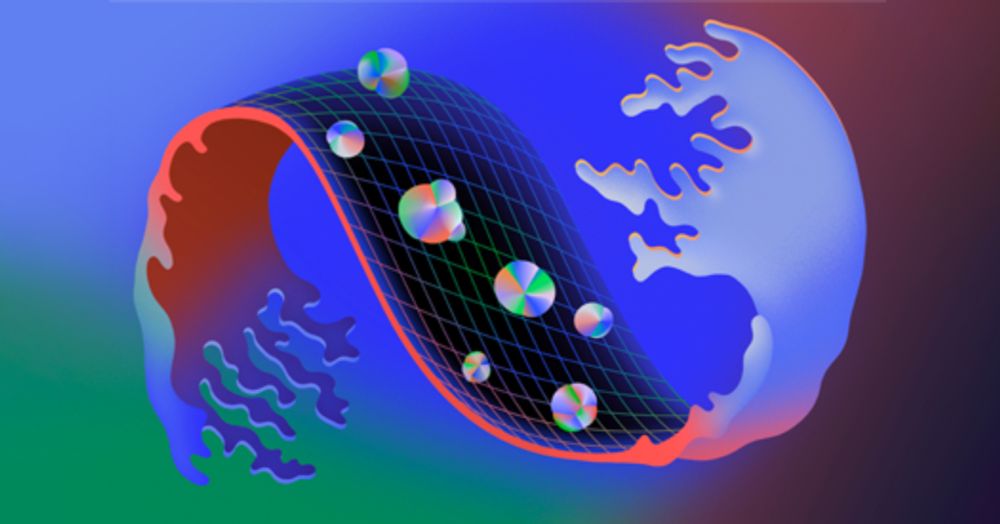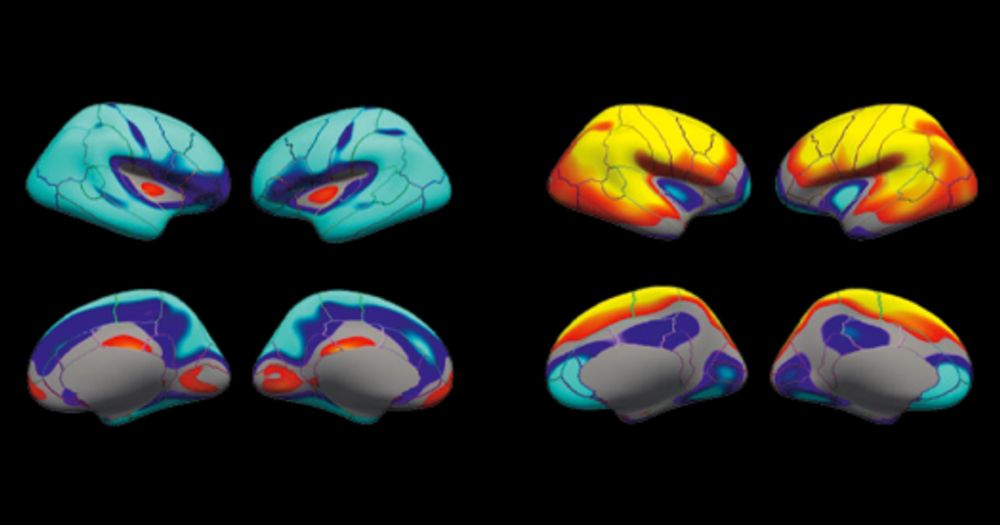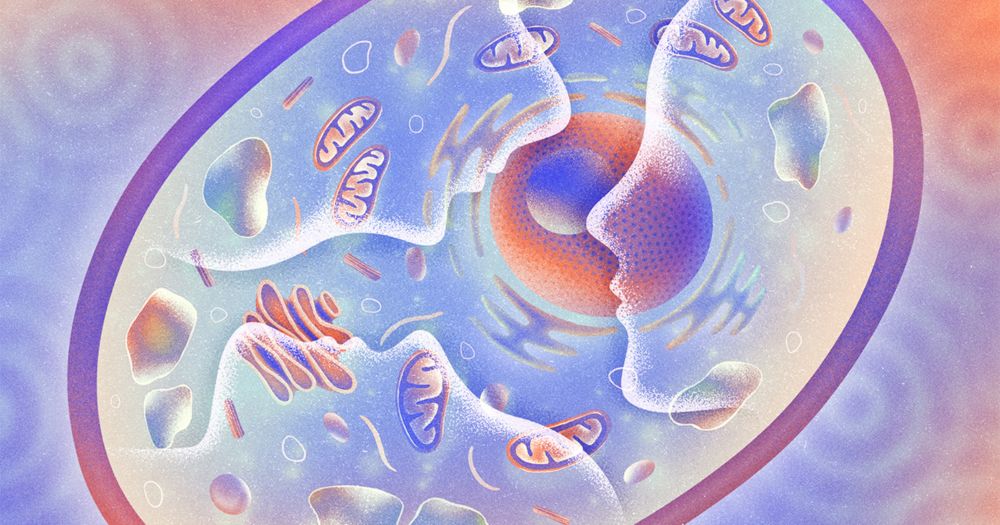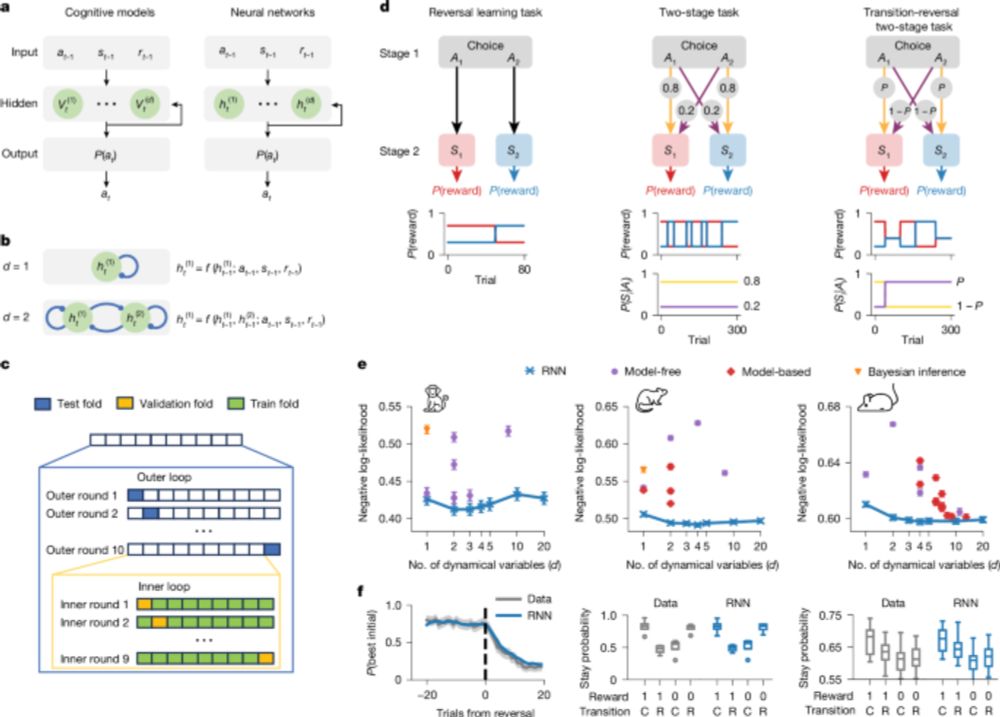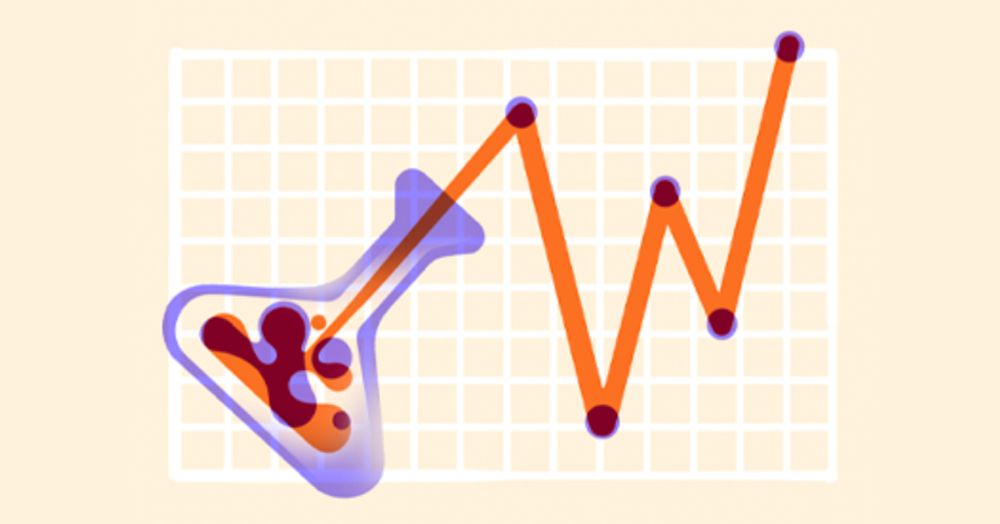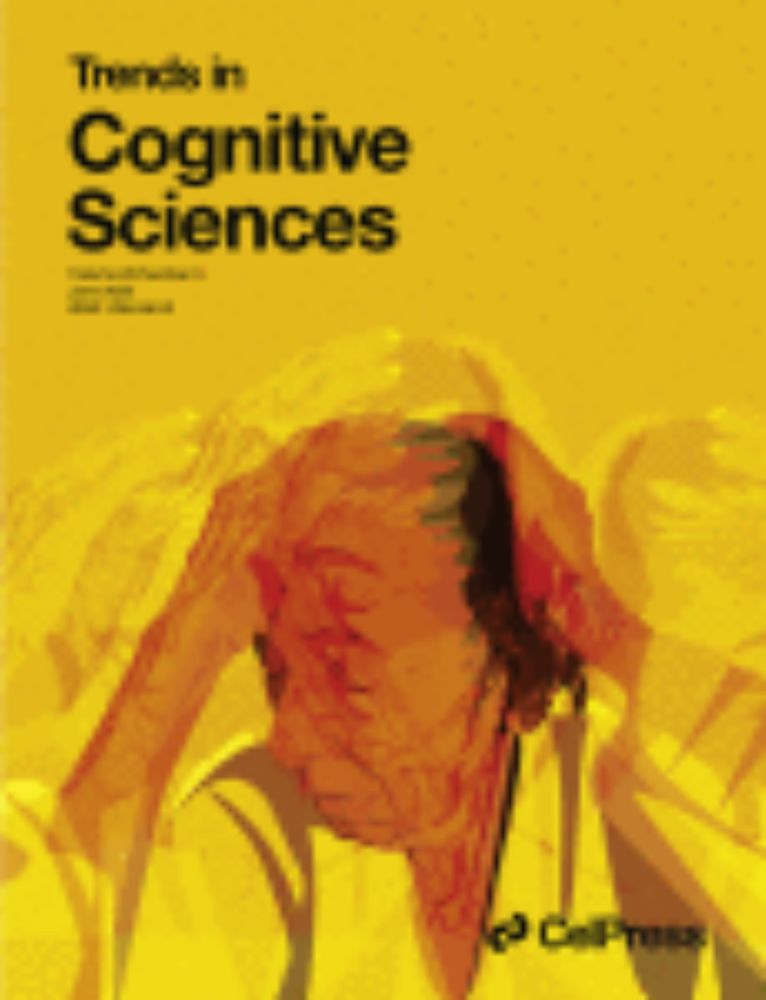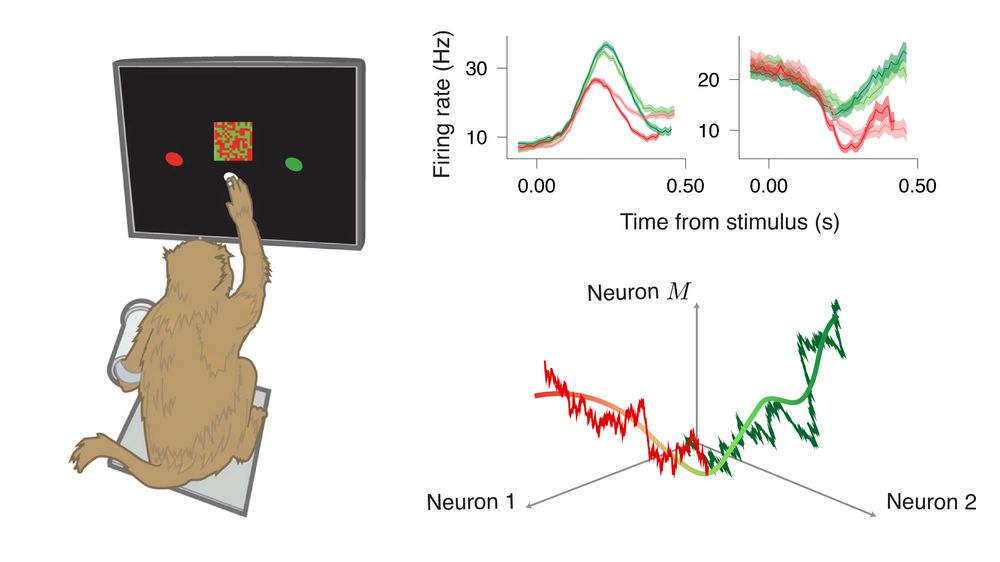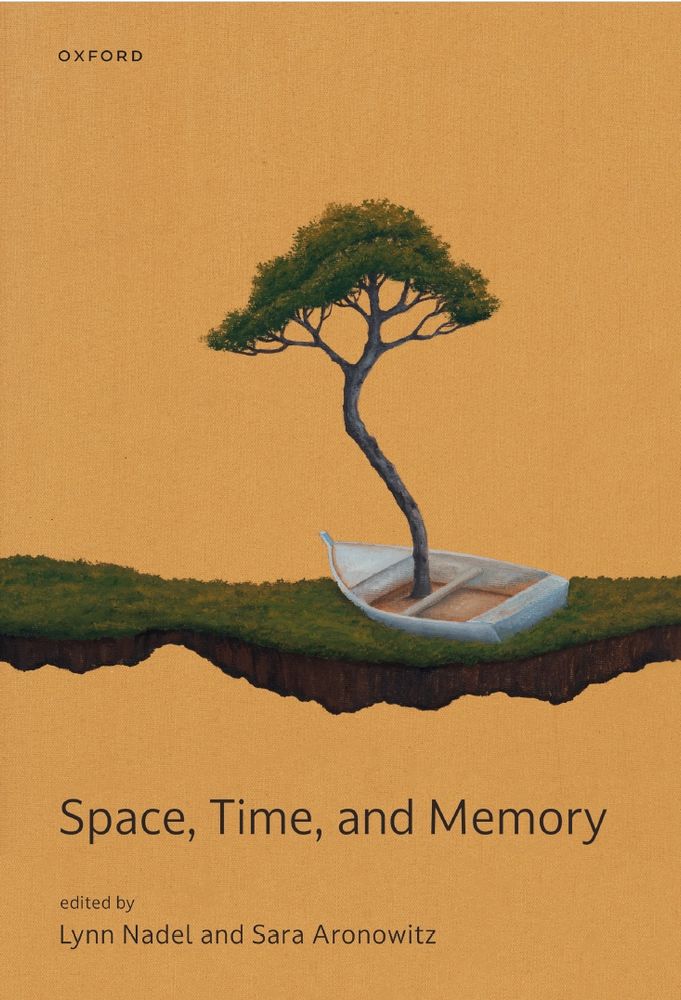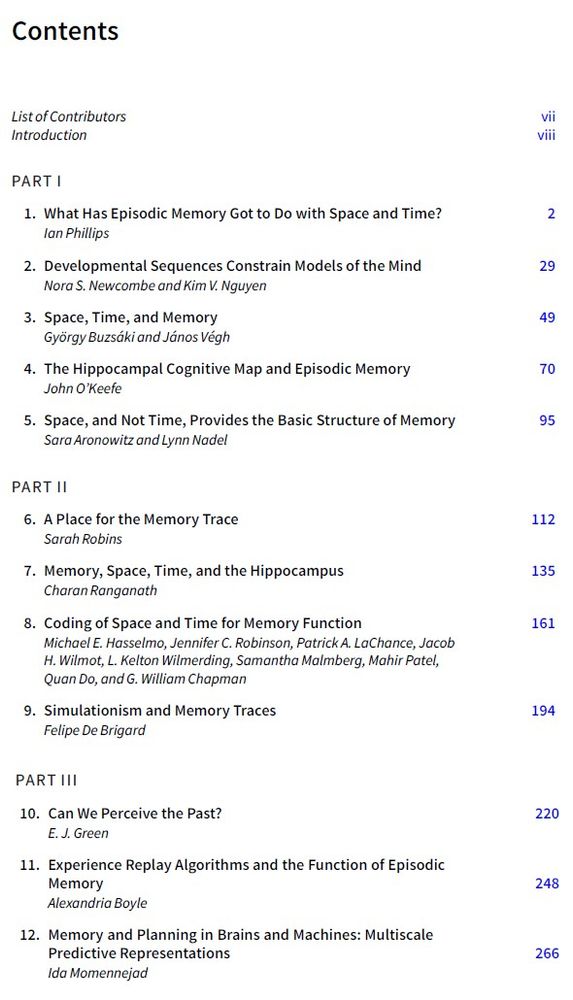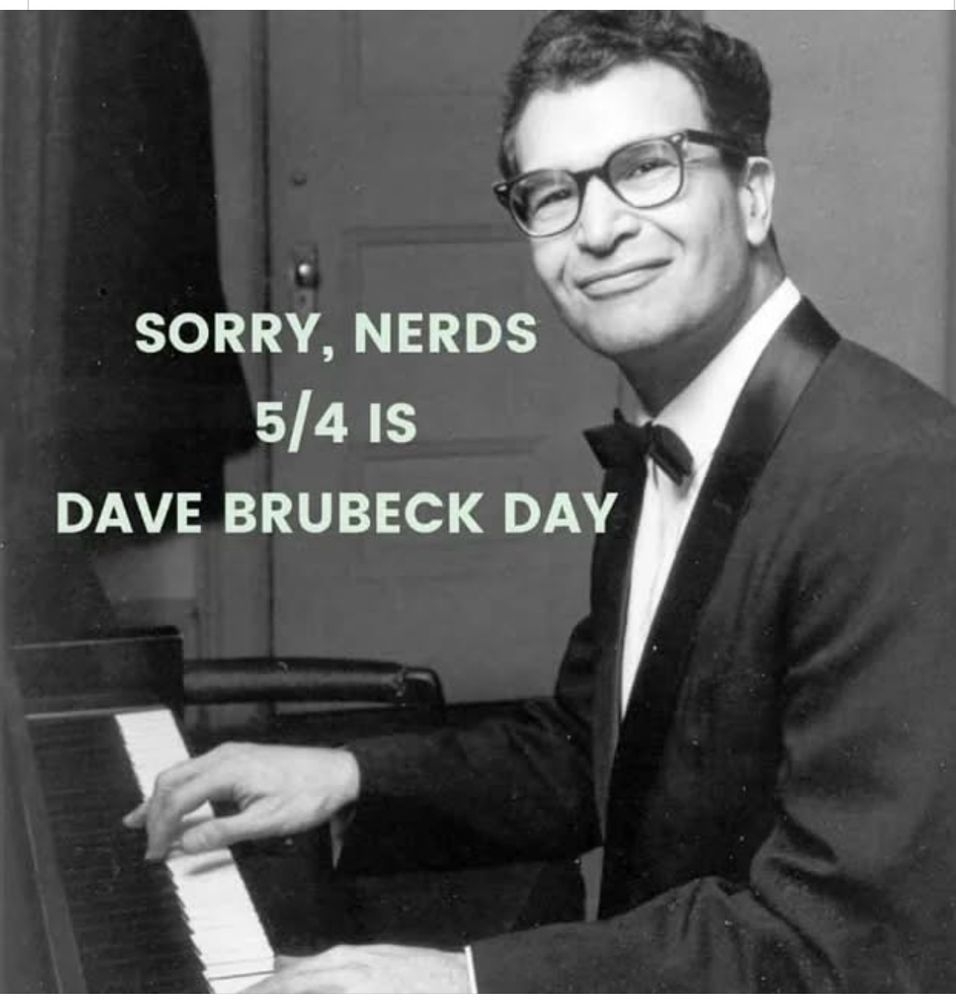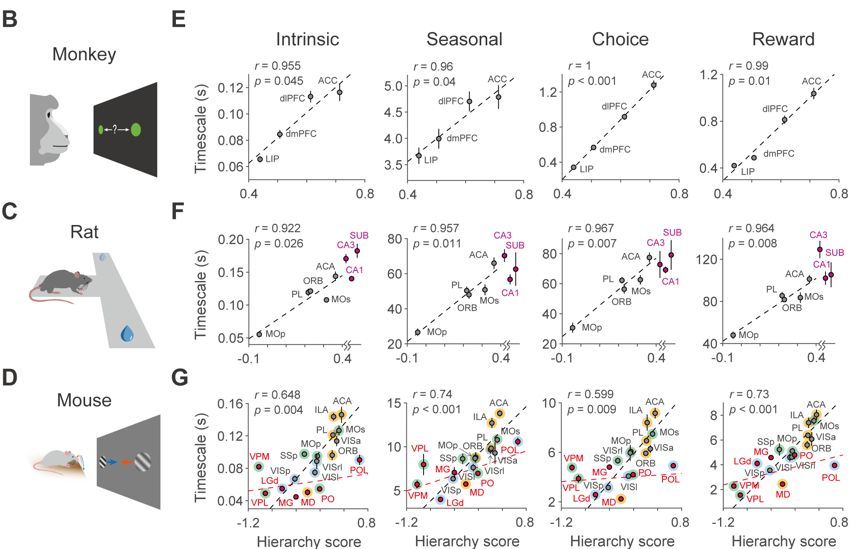Posts
Media
Videos
Starter Packs
Reposted by Daeyeol Lee
Reposted by Daeyeol Lee
Reposted by Daeyeol Lee
Reposted by Daeyeol Lee
Reposted by Daeyeol Lee
Reposted by Daeyeol Lee
Reposted by Daeyeol Lee
Reposted by Daeyeol Lee
Blake Richards
@tyrellturing.bsky.social
· Jun 24
Reposted by Daeyeol Lee
Reposted by Daeyeol Lee
Daeyeol Lee
@ungteoriz.bsky.social
· May 21
Reposted by Daeyeol Lee
Reposted by Daeyeol Lee
Reposted by Daeyeol Lee
